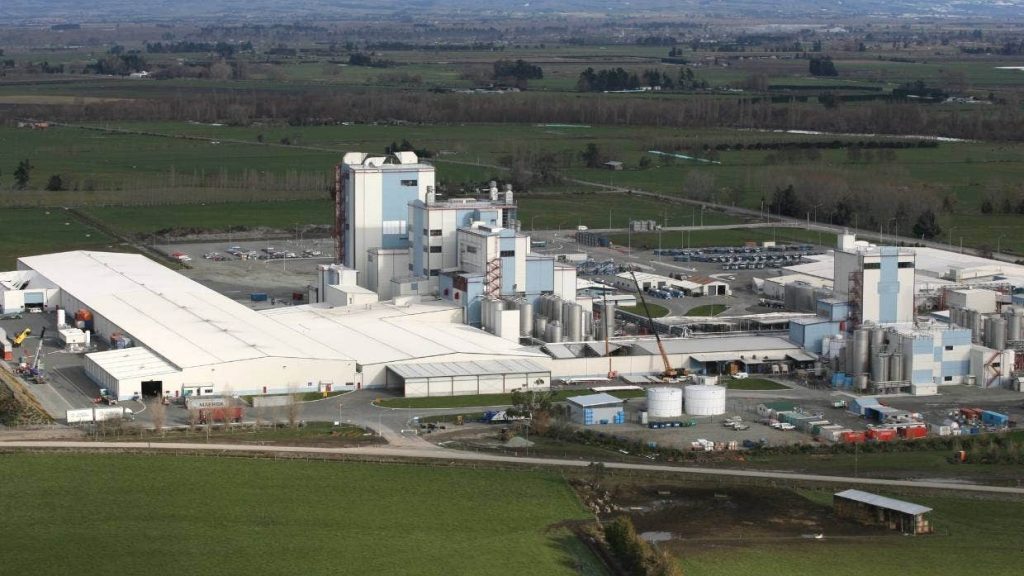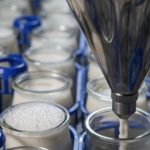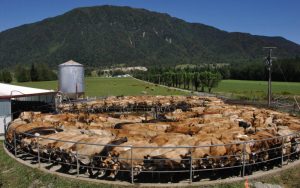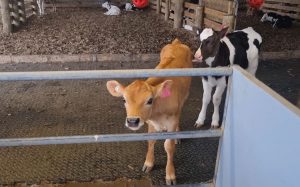
Fonterra’s factories at Clandeboye and Studholme in South Canterbury are reaching peak production while wrestling with the challenges of Covid-19.
“This is our third season with Covid-19, and our success in continuing to keep everything running is down to our people,” Fonterra general manager operations central/upper South Island, Derek Woodworth said.
“There’s been a massive amount of work by the team across the co-op, who are continuing to keep things ticking for farmer shareholders and customers.”
Woodworth said with the recent Covid cases in Canterbury, teams had moved to working in shift bubbles, with essential workers only on site and wearing masks at all times.
“Our cautious approach, which often involves measures above those mandated by the Government, has served us well.
“Since the first Covid outbreak last year, the teams have been refining their business continuity plans and have held practice runs of what to do if someone was to get Covid.”

Woodworth said processing milk during a pandemic was a challenge.
“The best thing we can do to protect ourselves, colleagues and community from Covid-19 is to get vaccinated.
“We’re encouraging our people to get vaccinated, however it is not mandatory. Therefore, the vaccine passport wouldn’t be mandatory in our workplaces.”
Across the country, Fonterra has been processing around 80 million litres of milk per day, with the Clandeboye and Studholme sites processing just below 14 million litres of milk every day.
“The teams will continue to process around this amount of milk for the next couple of months,” Woodworth said.

More than 1000 employees work across the two sites.
Almost two weeks ago, Fonterra announced it had narrowed and increased its forecast for this season from $7.25 to $8.75 per kilogram of milk solids to between $7.90 and $8.90 per kilo of milk solids.
The midpoint of the range meant dairy farmers would receive 40 cents more per kilogram of milk solids.
Fonterra said in a statement this would bring almost $13 billion into regional New Zealand through milk price payments this season, because of increased demand relative to supply.
























